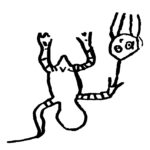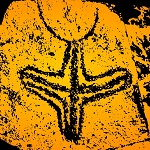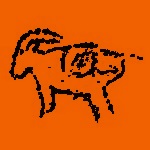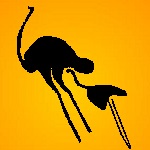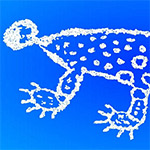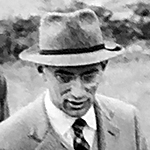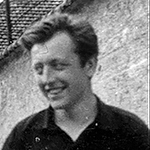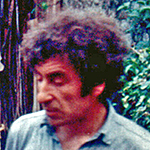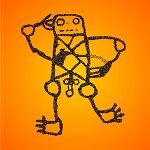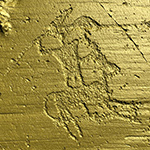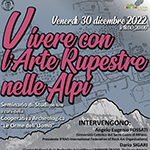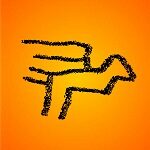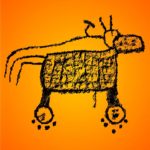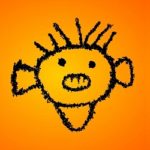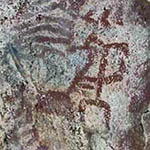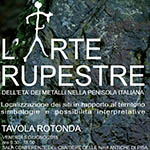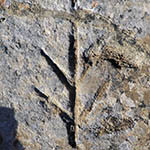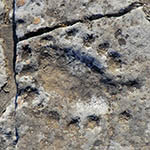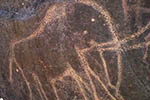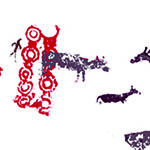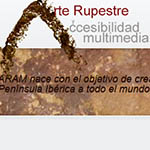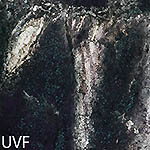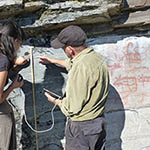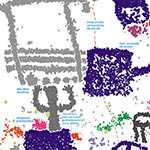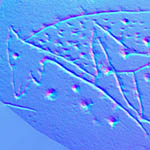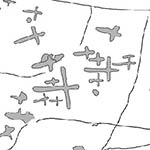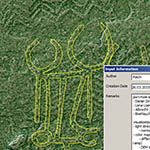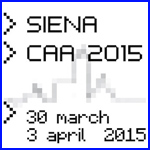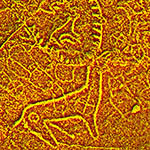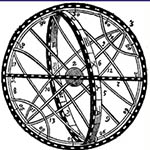 This paper describes the several rock art panels recorded by us after 2012 at the rock art site of Cerro Mal Paso in the Chancay Valley of northern Peru. In addition also some other petroglyph- panels at the site have been recorded by other explorers, as well as a few petroglyph panels recorded by others beyond Cerro Mal Paso. The focus of the paper is on a rather enigmatic image, a possible anthropomorphic-zoomorphic figure (lizard or bird?), while this study also offers a tentative explanation of the anthropomorphic-zoomorphic figure.
This paper describes the several rock art panels recorded by us after 2012 at the rock art site of Cerro Mal Paso in the Chancay Valley of northern Peru. In addition also some other petroglyph- panels at the site have been recorded by other explorers, as well as a few petroglyph panels recorded by others beyond Cerro Mal Paso. The focus of the paper is on a rather enigmatic image, a possible anthropomorphic-zoomorphic figure (lizard or bird?), while this study also offers a tentative explanation of the anthropomorphic-zoomorphic figure.
By Maarten van Hoek
